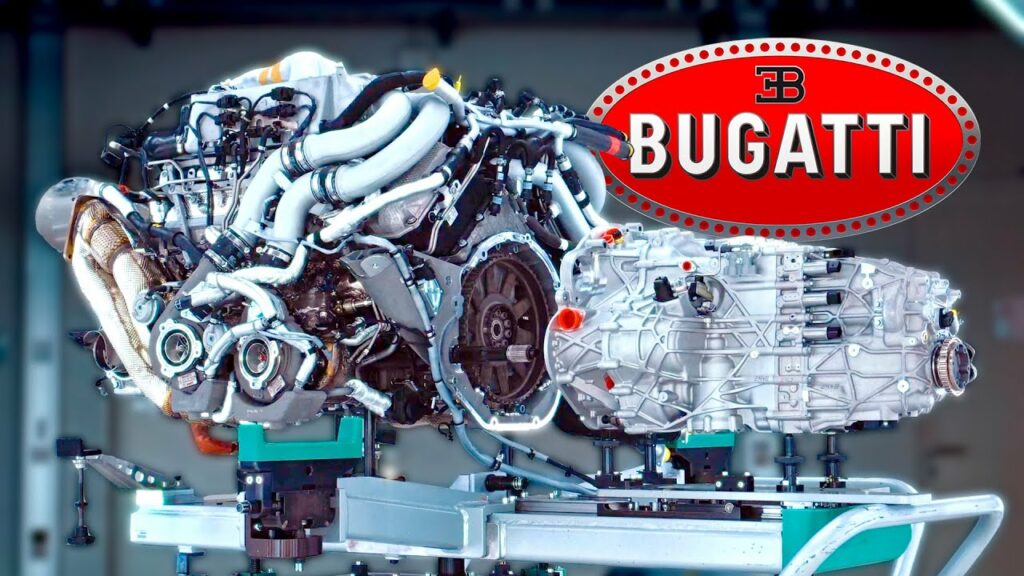
W engines are engines that look like “W” when viewed from the frontal side.
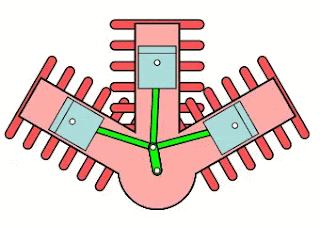
All W engines have one single crankshaft that all pistons are connected to. In general, W engines are shorter and wider than V engines but are less common.
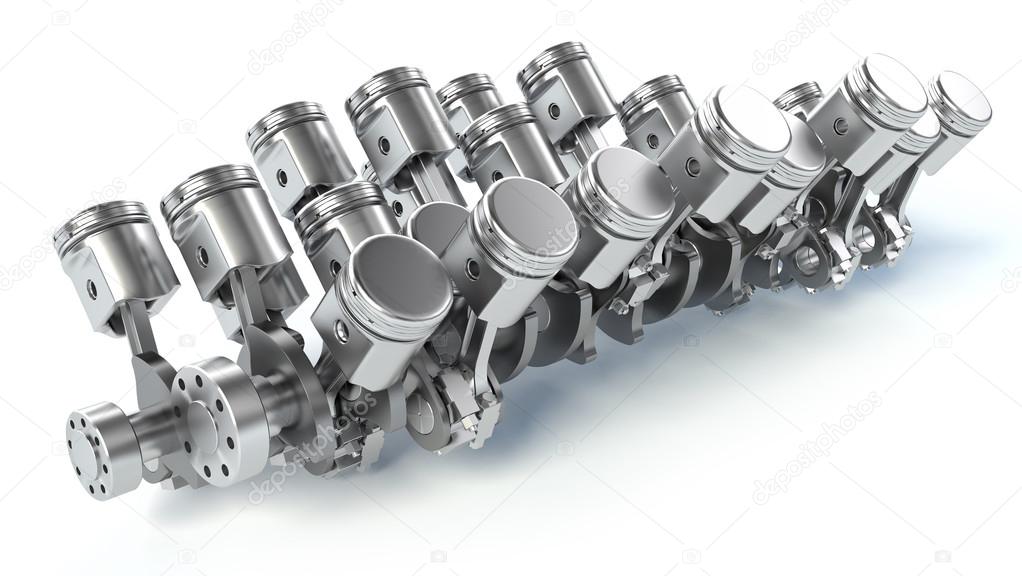
One of the first W engines built was the Anzani 3-cylinder fan engines in 1906 to power Anzani motorcycles.
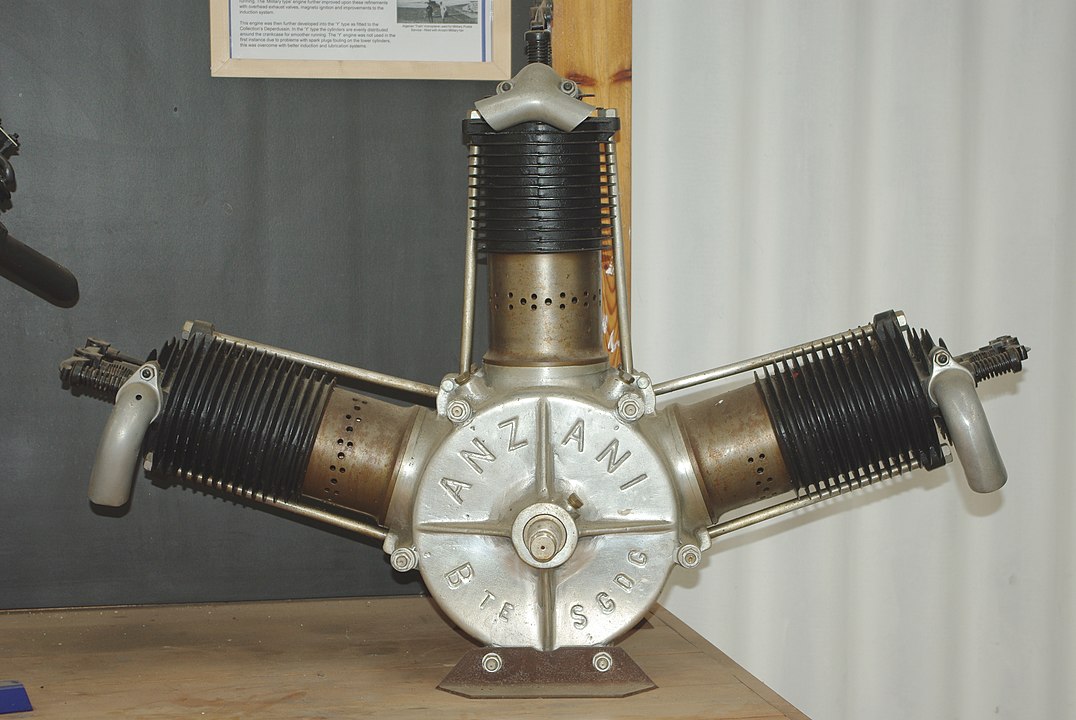
W engines are produced in different configurations having a varying number of cylinders:
- W3 engines
- W6 engines
- W8 engines
- W12 engines
- W16 engines
- W18 engines
- W24 engines
- W30 engines
Today we will be focusing more on the W16 engines and especially the Bugatti W16 engines.
W16 Engine

1916 was the birth year of the first W16 engine that was produced by a French man named Gaston Mougeotte. This engine is now present in a French motor museum.
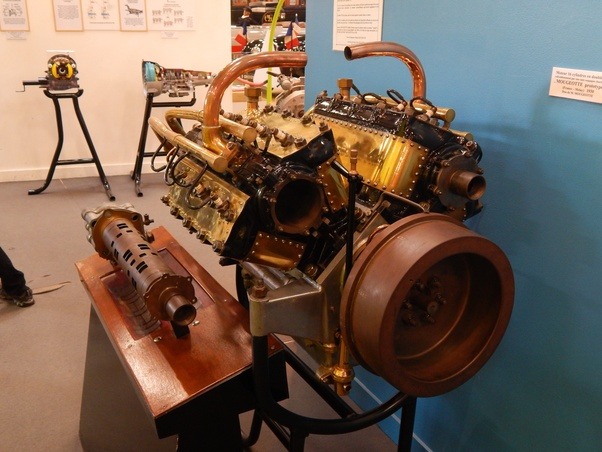
But this was the first engine; what about the first car?
The first car that featured a W16 engine was called Jimenez Novia. It was a French sports car that was built in 1995 by Ramon Jimenez and took about ten years to develop.
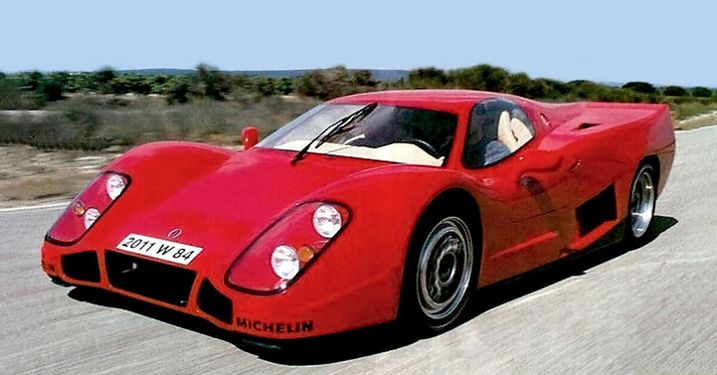
Only one Jimenez Novia was produced and cost around $855,000. It was powered by a 4.0L W16 engine that was a combination of four Yamaha 1.0L inline-four motorcycle engines.
When it comes to mass production, the Bugatti W16 was the first and until now is the only production W16 engine in the world. This engine had powered multiple cars, including the famous trio: Bugatti Veyron, Bugatti Chiron, Bugatti Divo.
Let’s get deep into this engine and explore its structure and how does it work…
Structure and Components
The Bugatti W16 engine is created by combining two VR8 engines that have a 15° angle between the cylinder banks. This narrow-angle between the cylinder banks means that the engine is actually a WR16 and not a W16 engine.

The engine consists of four rows having four cylinders in each row. Each two rows are in a single cylinder bank, which means that the engine will have two cylinder banks, both placed on a single crankshaft at a 90° V-angle between the two banks.
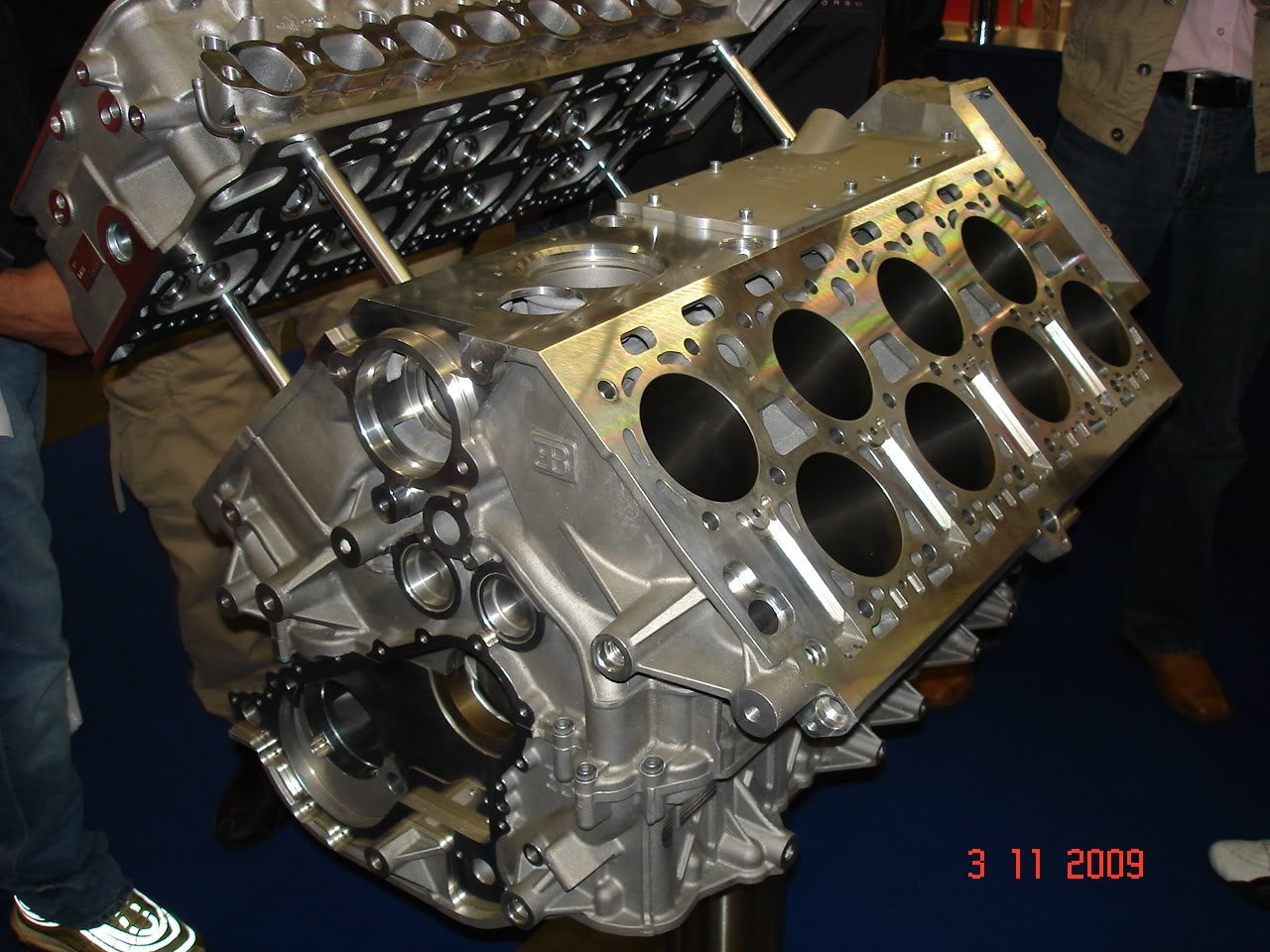
It is boosted by four turbochargers that enable the Bugatti WR16 to produce incredibly more than 1,000 hp. Bugatti says that having two turbos for each cylinder bank rather than having one big turbo for each side is more beneficial because this gives a better low RPM and better partial throttle power.
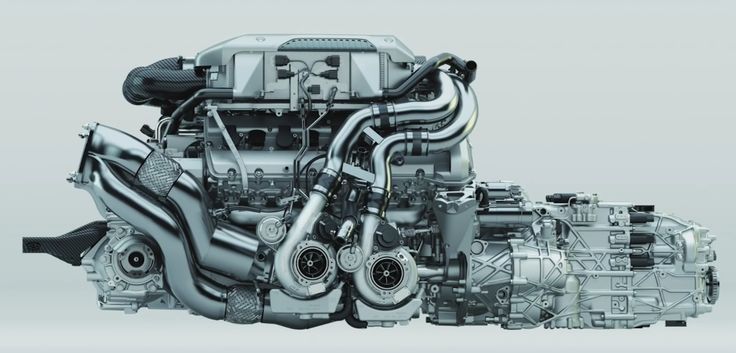
Each cylinder of the 16 has four valves, two will supply the engine with compressed air, and two will vent out the exhaust gases. Having two camshafts on each cylinder bank, one controlling the inlet valves and the other controlling the exhaust valves.

Getting confused? Let’s take a look at the following animation that shows the internals of the WR16 engine:
How does it work?
Starting with the air cycle, the air is first supplied by the two air scoops to the air filters on each side of the engine. Filtered air is then passed to the turbochargers that compress the air that will then be supplied to the engine.

But isn’t the air compression process increases the air’s temperature? That’s true, and for this reason, Bugatti is implementing two air-to-water intercoolers that will reduce the compressed air temperature before sending it to the inlet manifolds.
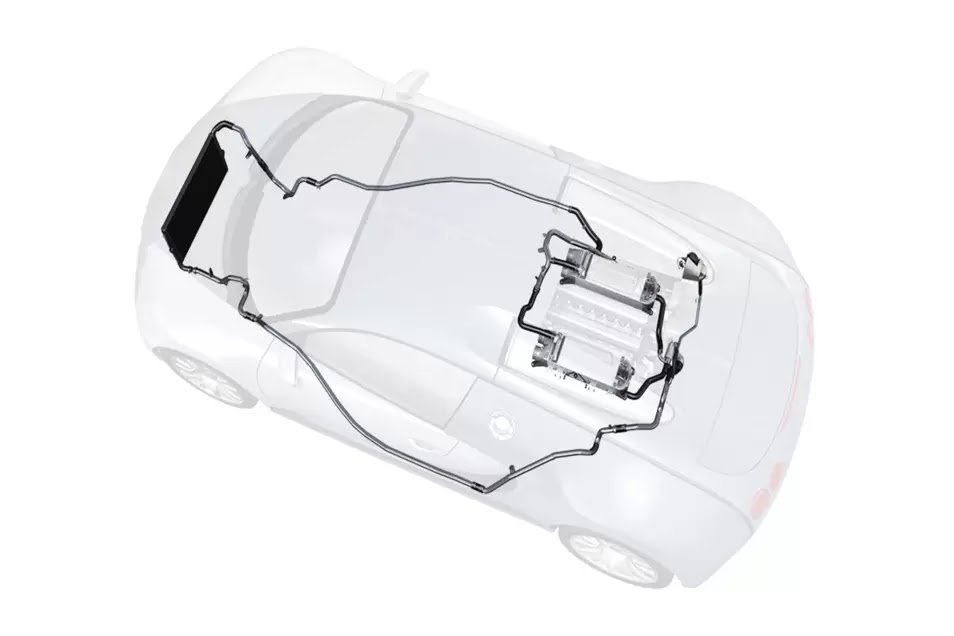
The combustion process is controlled by four camshafts that are responsible for opening and closing the 64 valves in this huge system. The firing order of the cylinders is timed in a way for having a better and smoother driving experience. Every 45°, a cylinder fires, which makes the combustion process smooth and continuous.
Take a look at this animation to have a better look:
Exhaust gases are then used as with any turbocharged system to power the four turbochargers. After passing through the turbos, exhaust gasses pass into the catalyzers to reduce toxic and polluting gases.
Pros of the Bugatti WR16
These are some of what we think the advantages of the Bugatti WR16 engine:
- Compact size: Having 16 cylinders fitted into one block is not easy, but what about its size? Compared to other engines with fewer cylinders, for instance, V12 engines, the Bugatti WR16 has similar dimensions, which is an outstanding achievement.
- Large displacement: The Bugatti WR16 has a large displacement of 8.0L which means that the engine has the potential to produce a tremendous amount of power, varying from 1,000 to 1,200 hp.
- Smooth power delivery: This engine is capable of firing a cylinder every 45°, which will provide continuous, smoother power for the car, leading to a better driving experience.
Cons of the Bugatti WR16
Now that we have stated the advantages of the Bugatti WR16, it’s time to face the reality that there is nothing perfect. Here are some of what we think are the disadvantages of the Bugatti WR16 engine:
- Expensive: This engine is built up of 16 cylinders and 64 valves and four turbos, and many more high-quality, expensive parts. Buying a car powered by this engine would cost you from $1.7 million to $3 million.
- Complexity: As we said before, this engine is complex, which makes it a complicated process to fix some small problems in it.
- Weight: One of the major downsides of having such a massive engine is its weight. This engine weighs approximately 400 kgs (882 lbs).
Cars powered by the Bugatti WR16
From the beginning of the article, we were referring to this engine as the Bugatti engine, since the engine got its fame from Bugatti cars, but the truth is that this engine is called the Volkswagen Group 8.0 WR16 engine since it is produced by Volkswagen, the giant German automaker that owns Bugatti and other big carmakers.
Why are we stating this now? Because you might be surprised to know that this engine was used to power cars other than Bugattis. Volkswagen used this engine to power Bentley and Audi cars, another two names owned by Volkswagen.
Not all cars powered by this engine were production cars. Some were just a concept and were not mass-produced. Let’s take a look at some of the cars powered by the Volkswagen Group 8.0 WR16 engine. Is it a concept or production car, and how much power was it able to produce?
Bugatti Veyron – Production Car – 987 to 1184 HP

Bugatti Chiron – Production Car – 1479 to 1578 HP
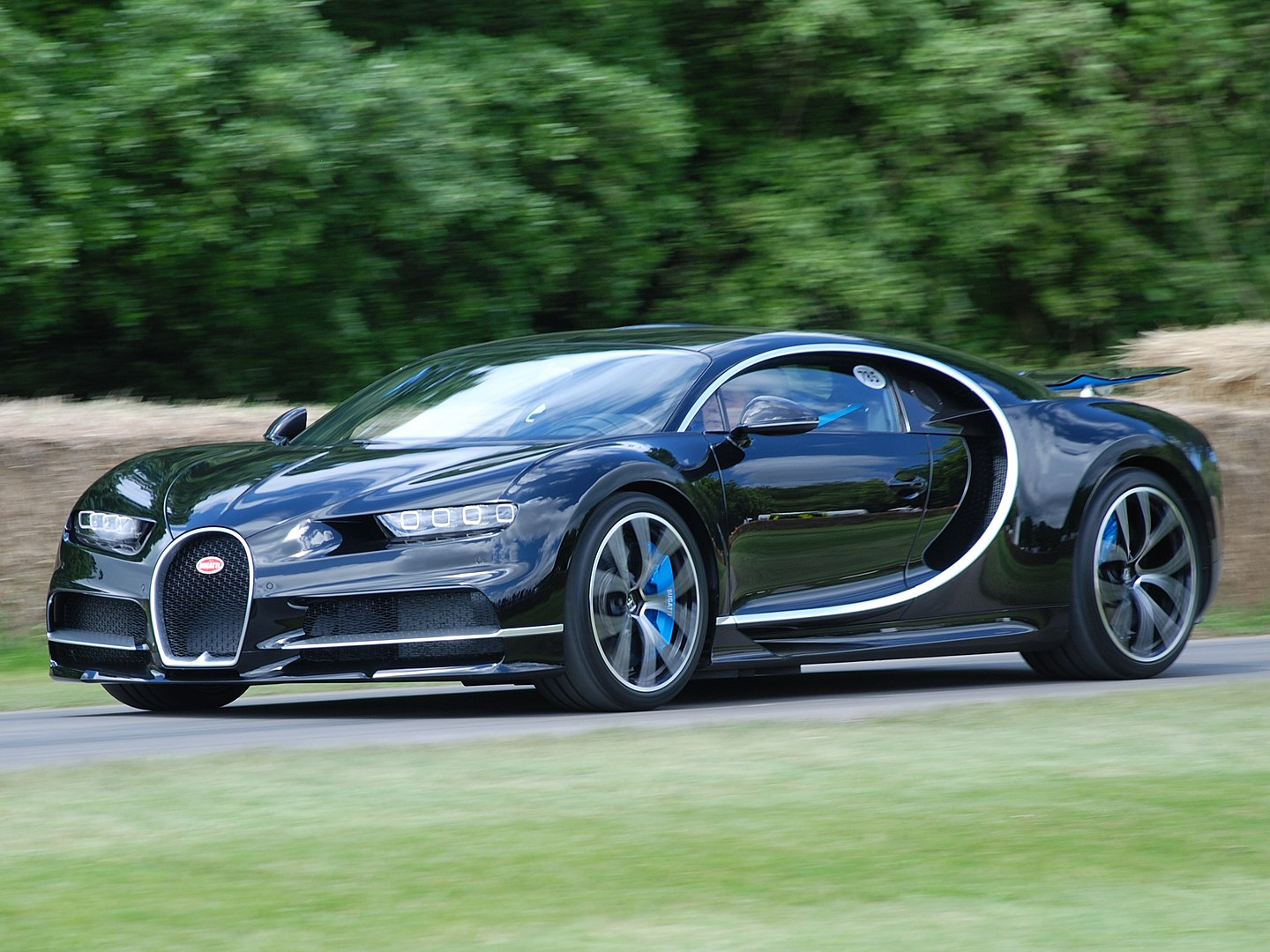
Bugatti Bolide – Concept Car – 1825 HP

Audi Rosemeyer – Concept Car – 700 HP

Bugatti Divo – Production Car – 1479 HP

Bugatti Centodieci – Production Car – 1578 HP
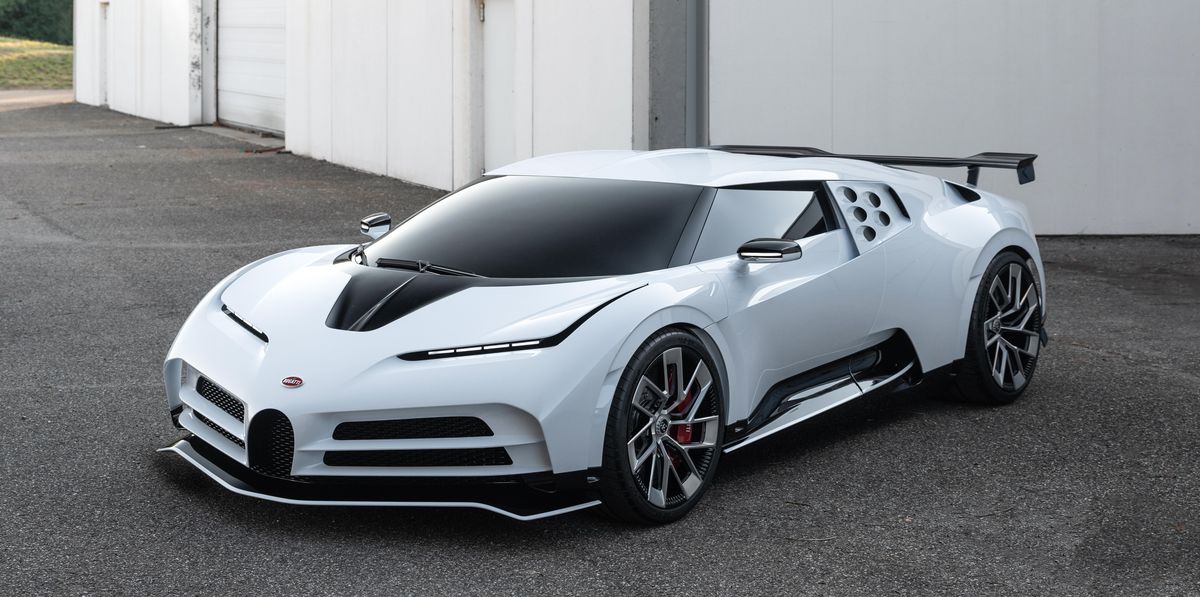
Bentley Hunaudières – Concept Car – 623 HP

Conclusion
The WR16 used by Volkswagen in different cars is a marvelous piece of engineering, no doubt about that. But would it have a future? Would this engine be able to stay with the new mainstream trend of moving into more hybrid and electrical cars?
Even small V4 engines are considered now as a polluting source, and the future is for electric cars. So what would a huge monster that would easily swallow more than 25L every 100 km do?
In my opinion, these type of super-powered luxurious engines is entirely out of this game. Bugatti is not powering its cars with this beast just to have a good car. It is building a luxurious brand name.
The WR16, in my opinion, will have an opportunity in the future. Internal combustion engines, in general, have a different sense. People buy the Bugatti Veyron to enjoy the ultimate performance that you will not find anywhere.
What do you think of this engine? Will it be able to reserve its place in the future? Would you please share with us your opinion?

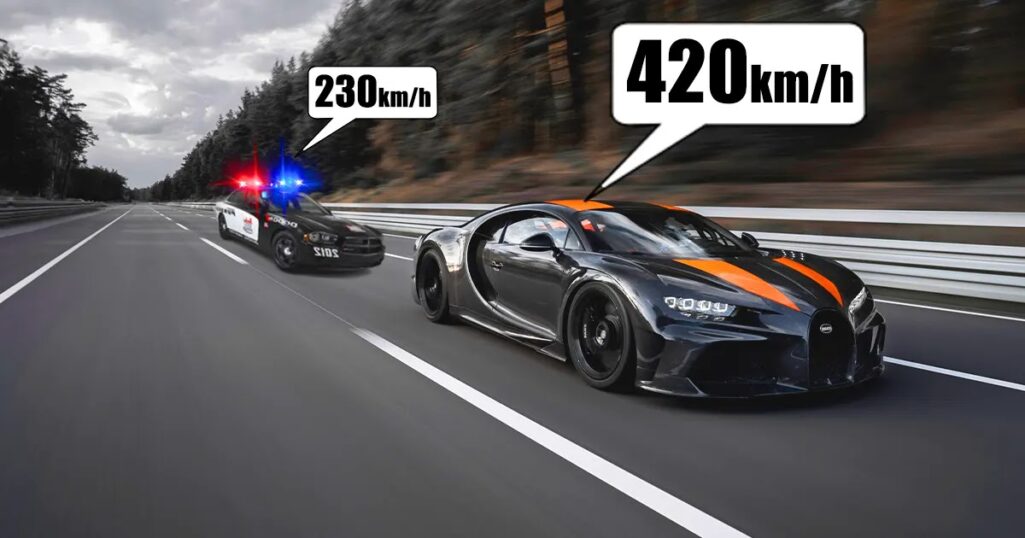
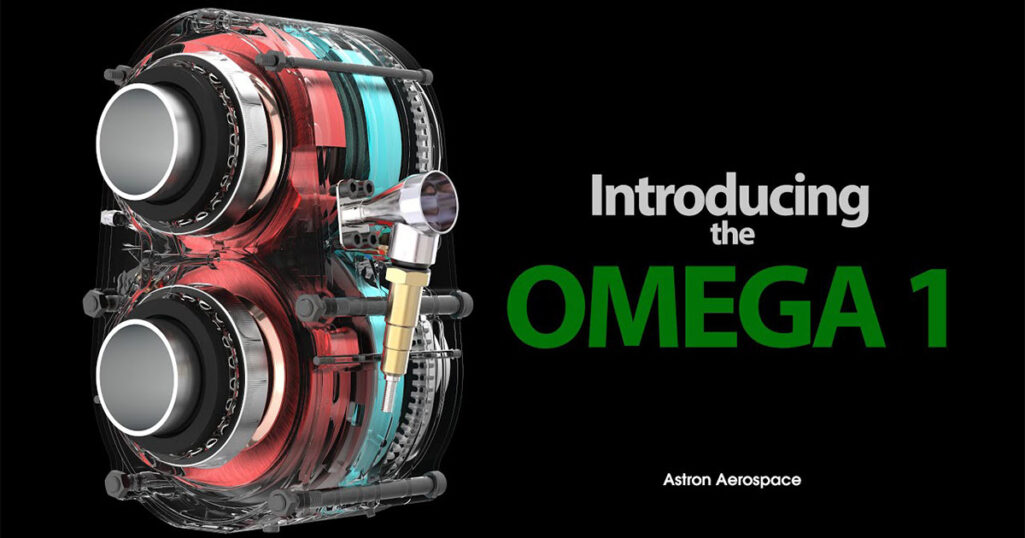
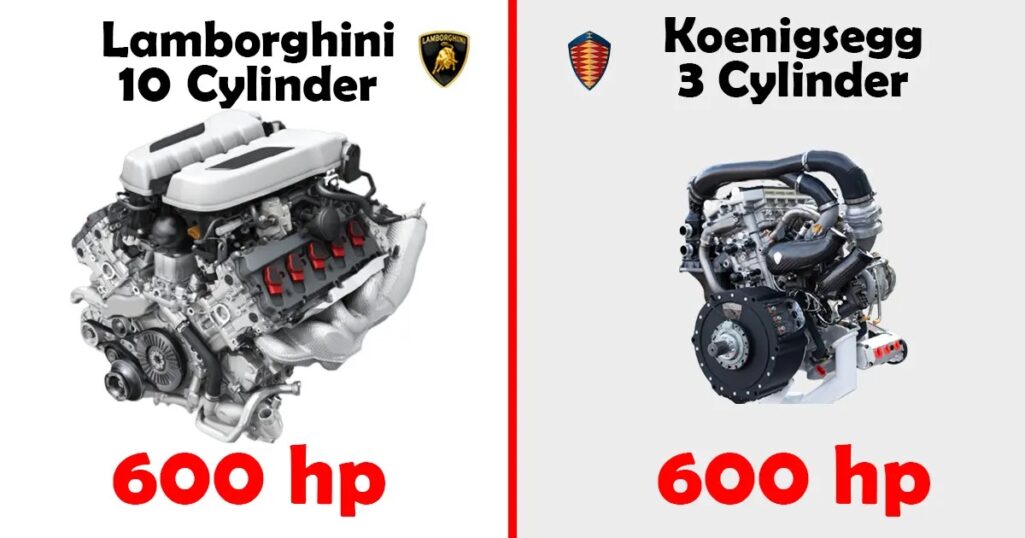

Love it m into cars I wish to know more